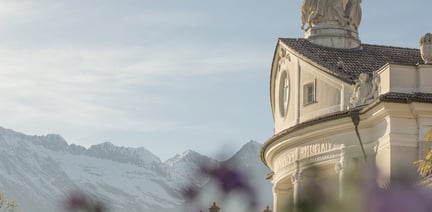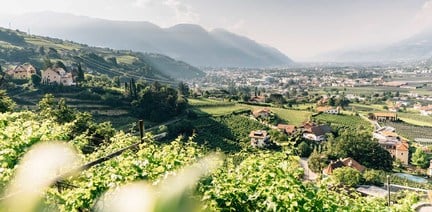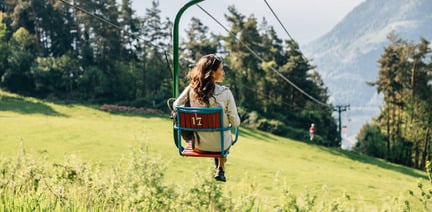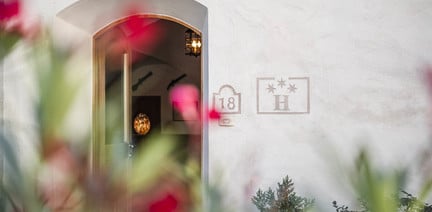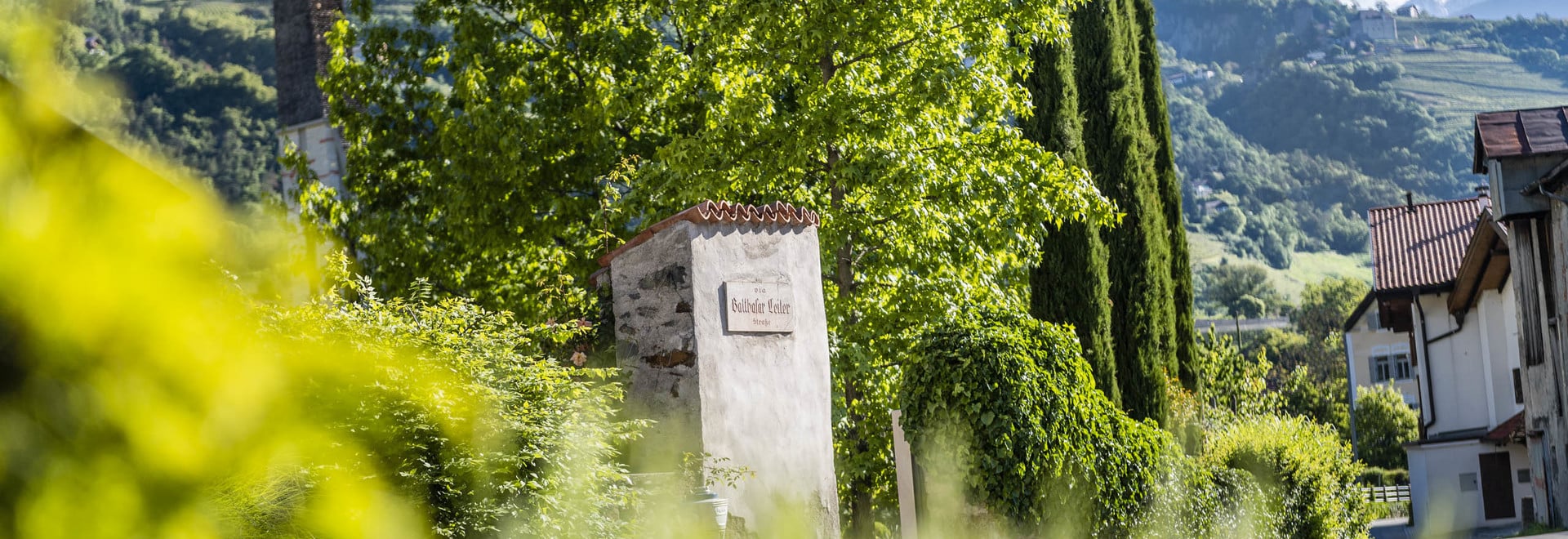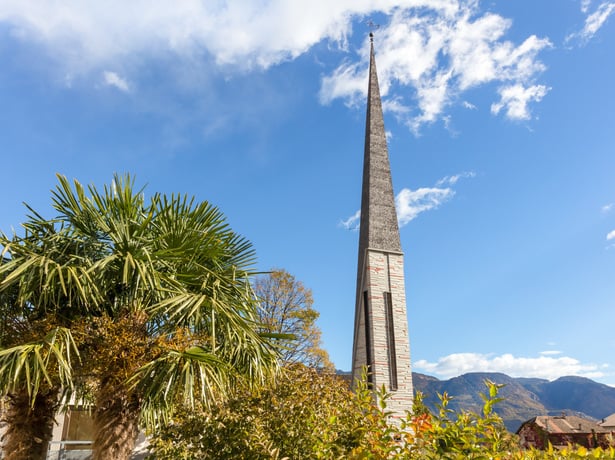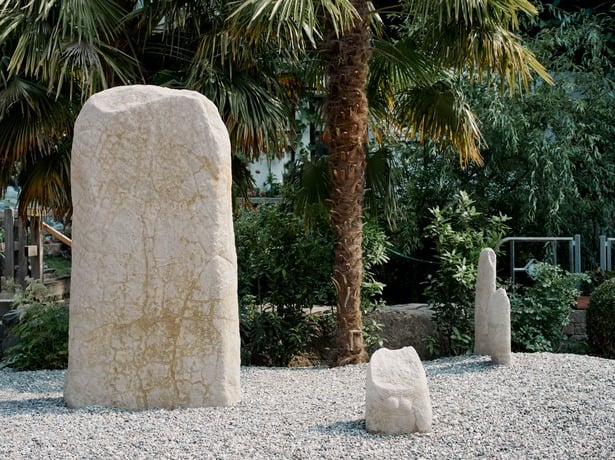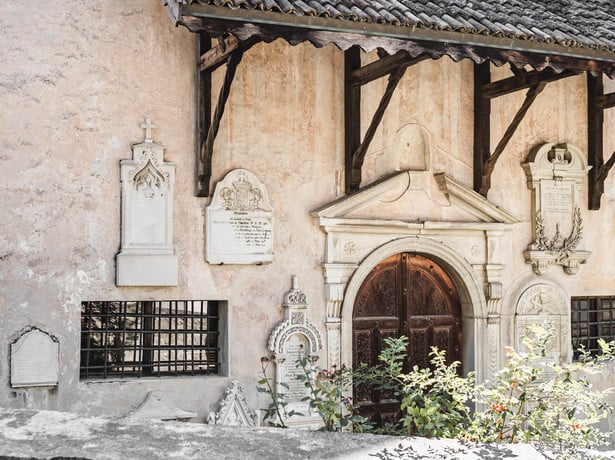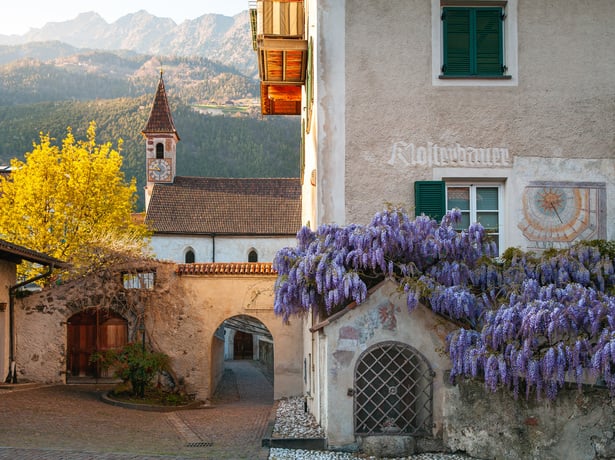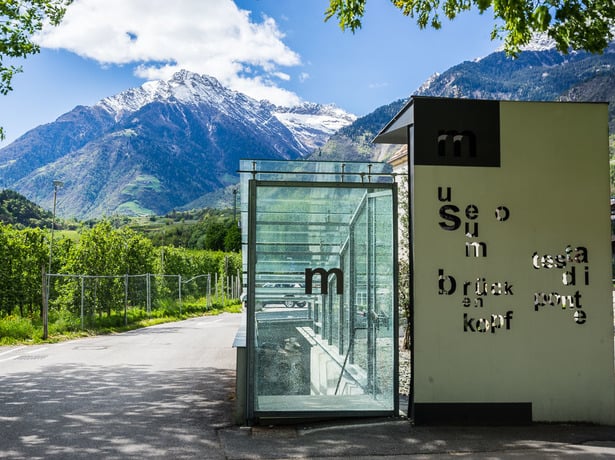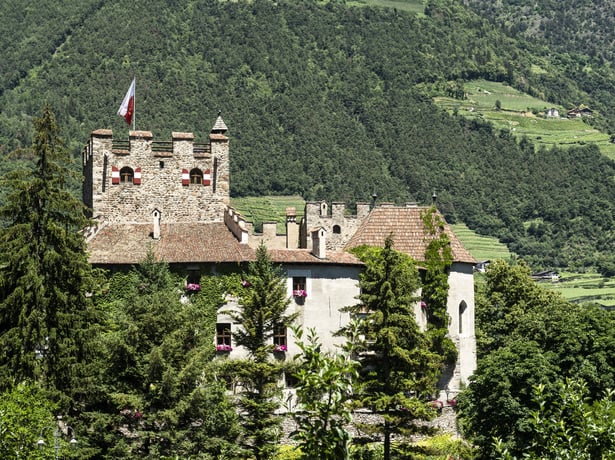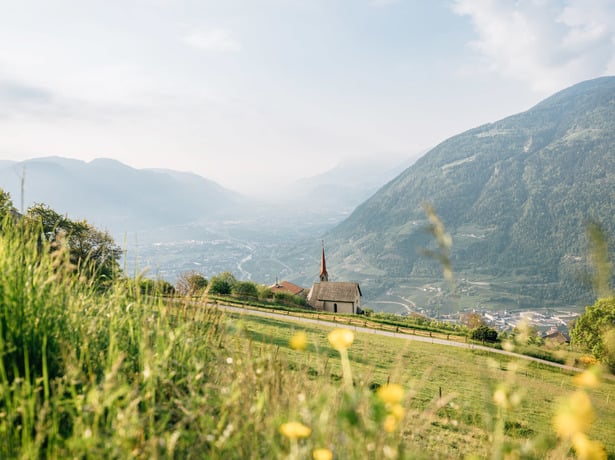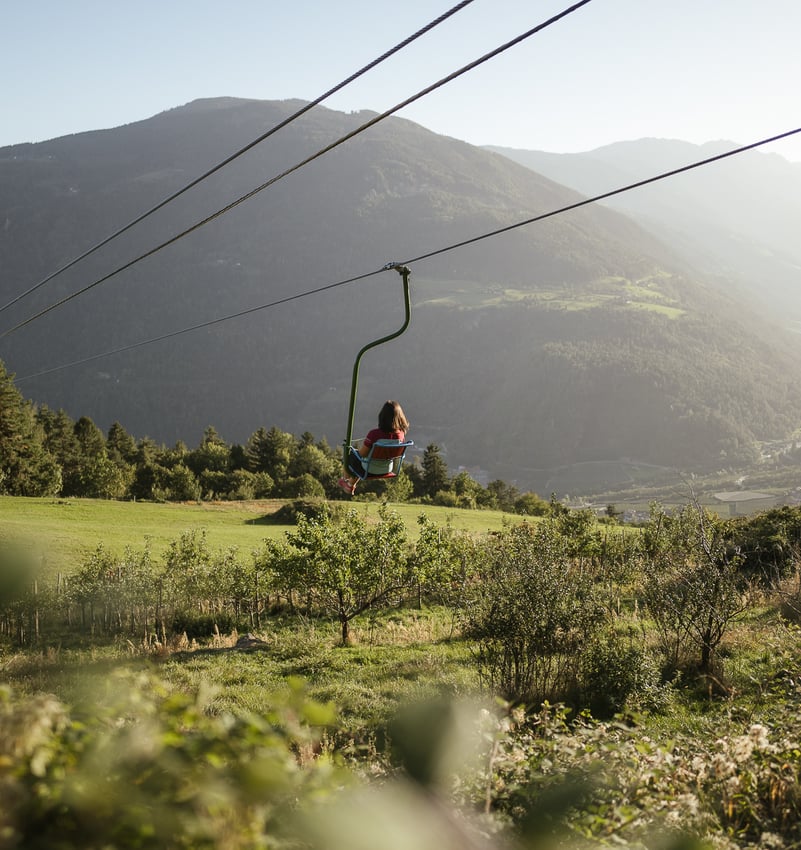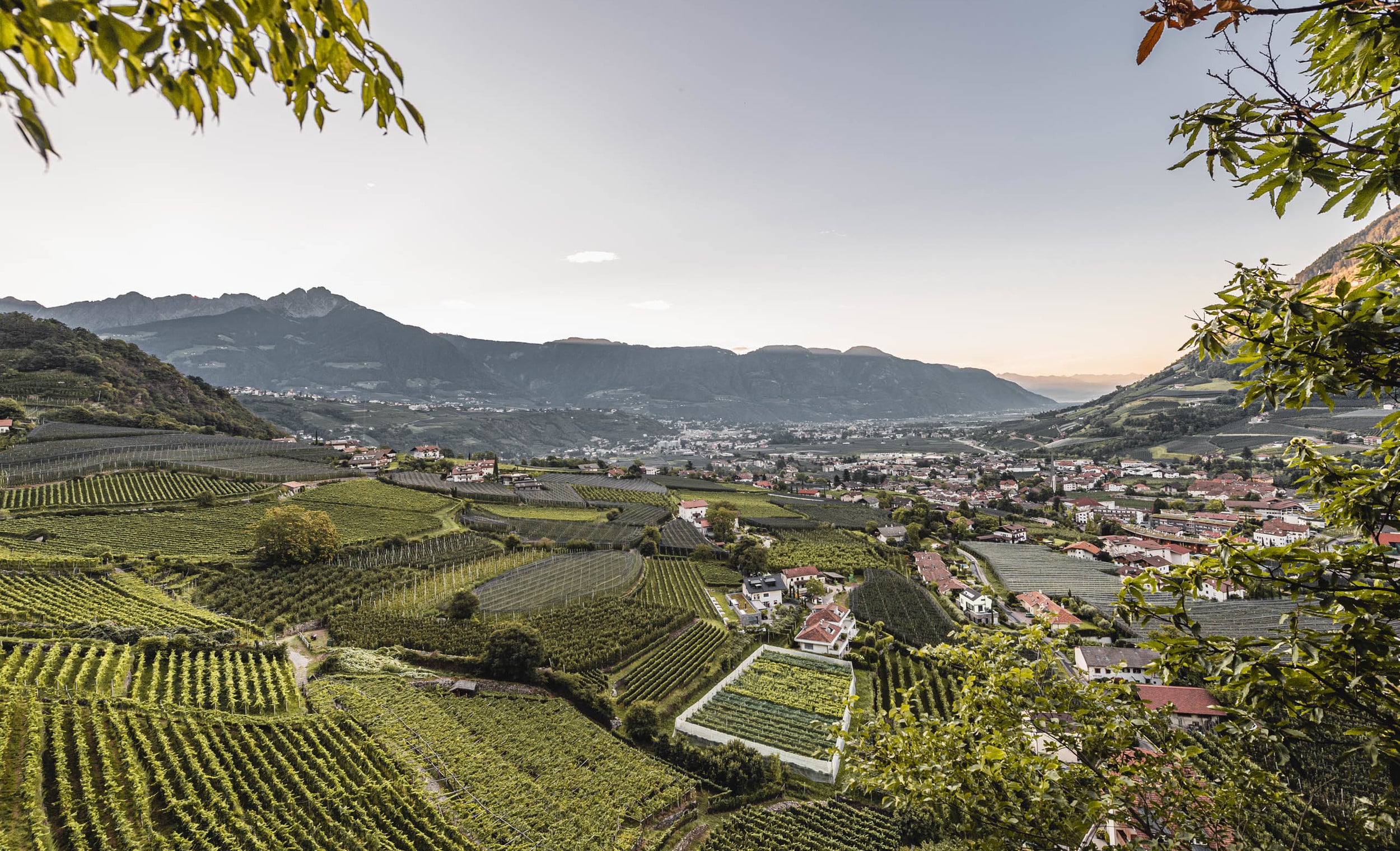Algund near Merano is not only scenically beautiful but also rich in cultural history. Numerous findings bear witness to a settlement history that dates back thousands of years. As early as prehistoric times, the area around Forst Castle was inhabited. Later, the Romans built country villas here and left visible traces on the historic soil of Mitterplars – right along the ancient Via Claudia Augusta.
The place name Alagumna was first recorded in writing between the years 995 and 1005 in the traditional register of the Diocese of Brixen. Even then, the region was a vibrant crossroads between Alpine and Mediterranean cultures – a legacy that still shapes Algund today.
Roman milestones, sacred buildings, or archaeological sites – those who visit Algund encounter a wealth of historical landmarks. These cultural assets are not just silent witnesses of time, but a valuable part of our identity.
Protecting Cultural Heritage – What to Do When You Make a Discovery
Anyone exploring nature may come across traces of the past – such as fossils, old masonry remains, or ceramic fragments. These items must not be removed or damaged, as they are protected by heritage laws and may be of scientific value. We’ve summarized the correct behavior in case of an archaeological discovery or when near cultural assets in this document.
Download FlyerThe place name Alagumna was first recorded in writing between the years 995 and 1005 in the traditional register of the Diocese of Brixen. Even then, the region was a vibrant crossroads between Alpine and Mediterranean cultures – a legacy that still shapes Algund today.
Roman milestones, sacred buildings, or archaeological sites – those who visit Algund encounter a wealth of historical landmarks. These cultural assets are not just silent witnesses of time, but a valuable part of our identity.
Protecting Cultural Heritage – What to Do When You Make a Discovery
Anyone exploring nature may come across traces of the past – such as fossils, old masonry remains, or ceramic fragments. These items must not be removed or damaged, as they are protected by heritage laws and may be of scientific value. We’ve summarized the correct behavior in case of an archaeological discovery or when near cultural assets in this document.


